| View previous topic :: View next topic |
| Author |
Message |
michelb

Joined: 24 Dec 2015
Posts: 65
Location: Montréal area,Québec, Canada
|
 Posted: Tue Apr 07, 2020 12:53 pm Post subject: Posted: Tue Apr 07, 2020 12:53 pm Post subject: |
 |
|
michelb wrote:
| 55 wrote: |
| michelb wrote: |
Minolta MD ZOOM ROKKOR-X 40-80mm F 2.8 from 1976
|
| michelb wrote: |
Minolta AF 85mm F 1.4 G (D) Limited
Side by side with Minolta AF 85mm F 1.4 (D)
|
Can you tell us more about these lenses, please?
Why does the 40-80mm have that unusual build?
This was Minolta's way to make a wide aperture zoom at the time. It was actually Minolta's first cross standard zoom going from somewhat wide to short tele. From my count, there would be very few made, probably around 800 units of the MD version so i can consider it as rare.
You can read more about it here:
https://www.lensrentals.com/blog/2017/09/the-minolta-40-80mm-f2-8-gearbox-zoom-the-clockwork-lens/
And how do the two 85s differ? |
The 85mm F 1.4 G (D) Limited was made in only 700 copies and was sold exclusively in the Japanese market ( along the Minolta A7 Limited ?) around 2001-2002. It was designed for better bokeh taking into account some lens defects that can be mastered to help achieve that effect.
Quote from some posts i found a long time ago about this lens:
" The 'new" AF85mm 1.4 limited edition is supposed to be available from
end of May. However, due to some reasons, they delay it to June/July
this year. (from their Japanese web page)
Originally, Minolta had two designs of 85mm F1.4 inhouse. The current
AF85mm 1.4G is one of the two. At that time, they chose this current
design over another because of heavier weight & size. Also it turns
out to be an outstanding lens among other OEMs.
But that abandoned design is performing better when the lens is wide
open!
Now, they come back with the abandoned design but at a quantity of
700 only. That's why it is called "Limited edition"
The optical formula is the same - equal numbers of lens elements &
groups. However, the front element(s) is/are enlarged to achieve
under-compensation for spherical aberrations & minimized sagittal
flare & flare on film plan region. That's why it is 215 grams heavier
over the "old" design (& bigger too).
By doing this, the "new" lens renders higher contrast, vivid colour
for in-focus area, while out-of-focus area much softer & smooth
compared with the "old" design. (also partly due to nearly complete
elimination of halo.) It can be taken as a continuous pursuit of
excellent out-of-focus rendering after 135STF.
Such change allows very high resolution to be achieved at the centre
at wide open aperture. Famous examples of under-compensation: include
Planar T*100/2, Sonnar T*90/2.8, & early Cannon FD85/1.2."
This is a heavy piece of glass but provides the smoothest out of focus transitions i have ever experienced.
_________________
Michel B
Interested in Minolta SLR's since 1971 |
|
| Back to top |
|
 |
55


Joined: 13 May 2013
Posts: 709
Location: U.S.
Expire: 2022-06-15
|
 Posted: Tue Apr 07, 2020 4:12 pm Post subject: Posted: Tue Apr 07, 2020 4:12 pm Post subject: |
 |
|
55 wrote:
| michelb wrote: |
This was Minolta's way to make a wide aperture zoom at the time. . . |
| michelb wrote: |
| The 85mm F 1.4 G (D) Limited was made in only 700 copies. . . |
Interesting! Thank you for the information, Michel. 
I become entirely irrational when thinking about big, beautiful, fast prime lenses! |
|
| Back to top |
|
 |
55


Joined: 13 May 2013
Posts: 709
Location: U.S.
Expire: 2022-06-15
|
 Posted: Tue Apr 07, 2020 4:48 pm Post subject: Posted: Tue Apr 07, 2020 4:48 pm Post subject: |
 |
|
55 wrote:
| kds315* wrote: |
| 55 wrote: |
| kds315* wrote: |
Guess my rare russian space lens ZIKAR-1 f1.2/100mm fits here... |
More details!
Please? 
What was this lens originally used for?
Is it useful for general photography or just science? |
It often simply helps to use the SEARCH FUNCTION we have here, as we had a discussion about it here after I found it 
http://forum.mflenses.com/viewtopic.php?t=79692 |
 Yes, thanks for the reply. I'll try to remember to search before I ask. Yes, thanks for the reply. I'll try to remember to search before I ask. |
|
| Back to top |
|
 |
michelb

Joined: 24 Dec 2015
Posts: 65
Location: Montréal area,Québec, Canada
|
 Posted: Tue Apr 07, 2020 9:20 pm Post subject: Posted: Tue Apr 07, 2020 9:20 pm Post subject: |
 |
|
michelb wrote:
| 55 wrote: |
| michelb wrote: |
This was Minolta's way to make a wide aperture zoom at the time. . . |
| michelb wrote: |
| The 85mm F 1.4 G (D) Limited was made in only 700 copies. . . |
Interesting! Thank you for the information, Michel. 
I become entirely irrational when thinking about big, beautiful, fast prime lenses! |
So did i when i saw that Limited lens for sale back in 2008. Mine is serial no 2002010 ( No 10 in the production run ?) so it made it even more attractive
_________________
Michel B
Interested in Minolta SLR's since 1971 |
|
| Back to top |
|
 |
jcr211
Joined: 13 Jun 2020
Posts: 2
|
 Posted: Wed Jun 17, 2020 8:59 pm Post subject: Posted: Wed Jun 17, 2020 8:59 pm Post subject: |
 |
|
jcr211 wrote:
Hello everyone.
Sorry to bump an old thread, but...information is EXTREMELY scarce.
This is one of the only threads containing related info...
Anyway: I purchased a vintage Great Wall cinema zoom lens, 18-180mm f3.2, made by Beijing Nr. 608 factory.
I am interested in ANY information anyone can find about this zoom lens of mine, and...
I would much like to purchase the Chinese Cinema PRIMES made by the same factory, some of which I see have been pictured in this thread.
Would anyone happen to know someone like @kievuser (who sadly it seems is no longer active)?
Anybody who would be able to help me locate a few examples of the prime lenses? (20mm F2.0, 50mm f1.3, etc)
Thanks.
 |
|
| Back to top |
|
 |
kymarto


Joined: 30 Nov 2016
Posts: 406
Location: Portland, OR and Milan, Italy
|
 Posted: Thu Jun 18, 2020 6:28 am Post subject: Elgeet STL-Navitar 86mm f1.2 Posted: Thu Jun 18, 2020 6:28 am Post subject: Elgeet STL-Navitar 86mm f1.2 |
 |
|
kymarto wrote:
One lens that I have that is pretty rare, I think is this Elgeet STL-Navitar 86mm f1.2, marked "Made for TRW Space Technology Laboratories." This is probably made for recording an oscilloscope or other trace from a CRT screen. It is a barrel lens, symmetrical optically, so it might also have been used for a transfer optic. It is also highly radioactive, with at least two thorium doped elements. It does have a very interesting bokeh. Here are a few examples.
#1 at f4
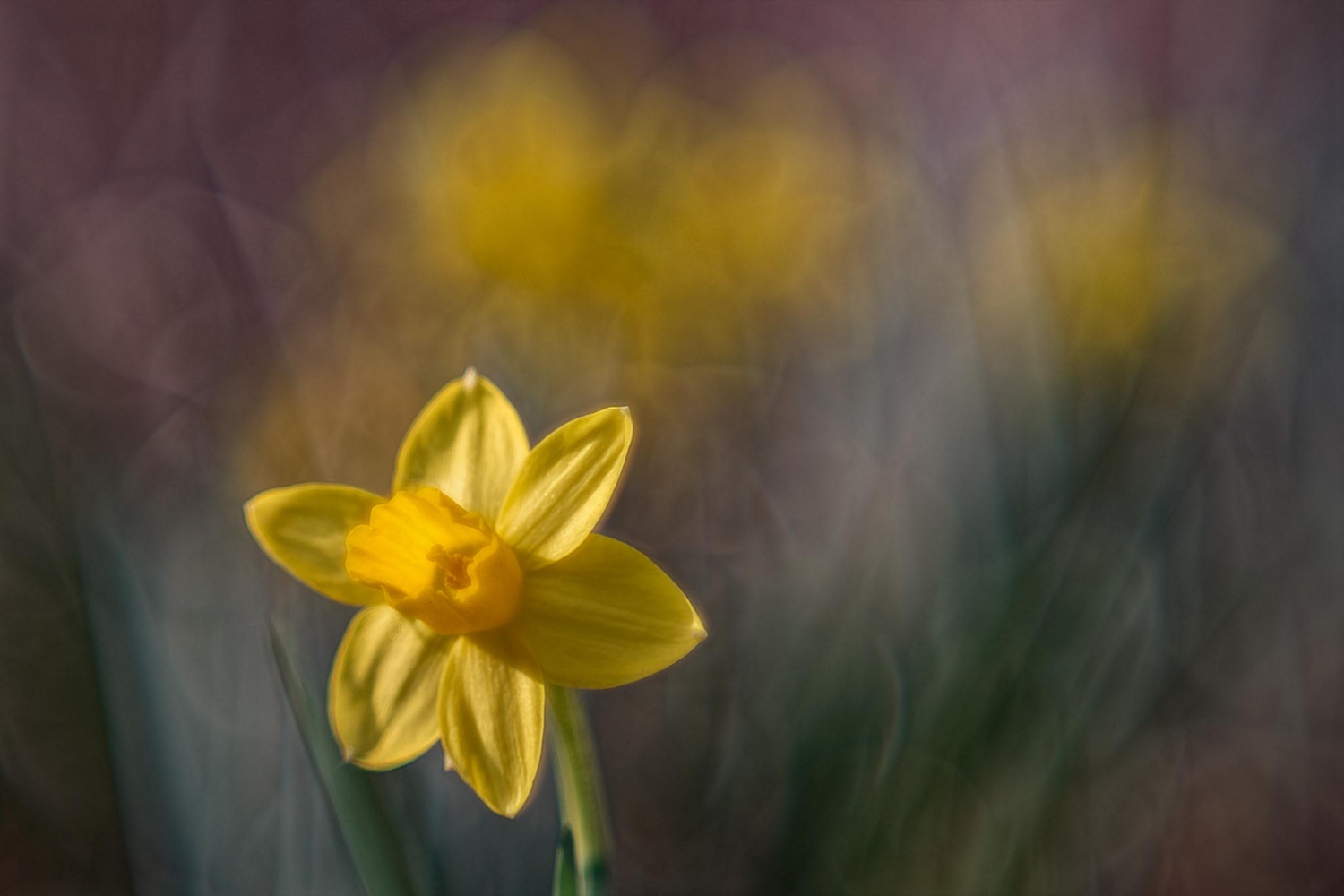
#2 at f1.2
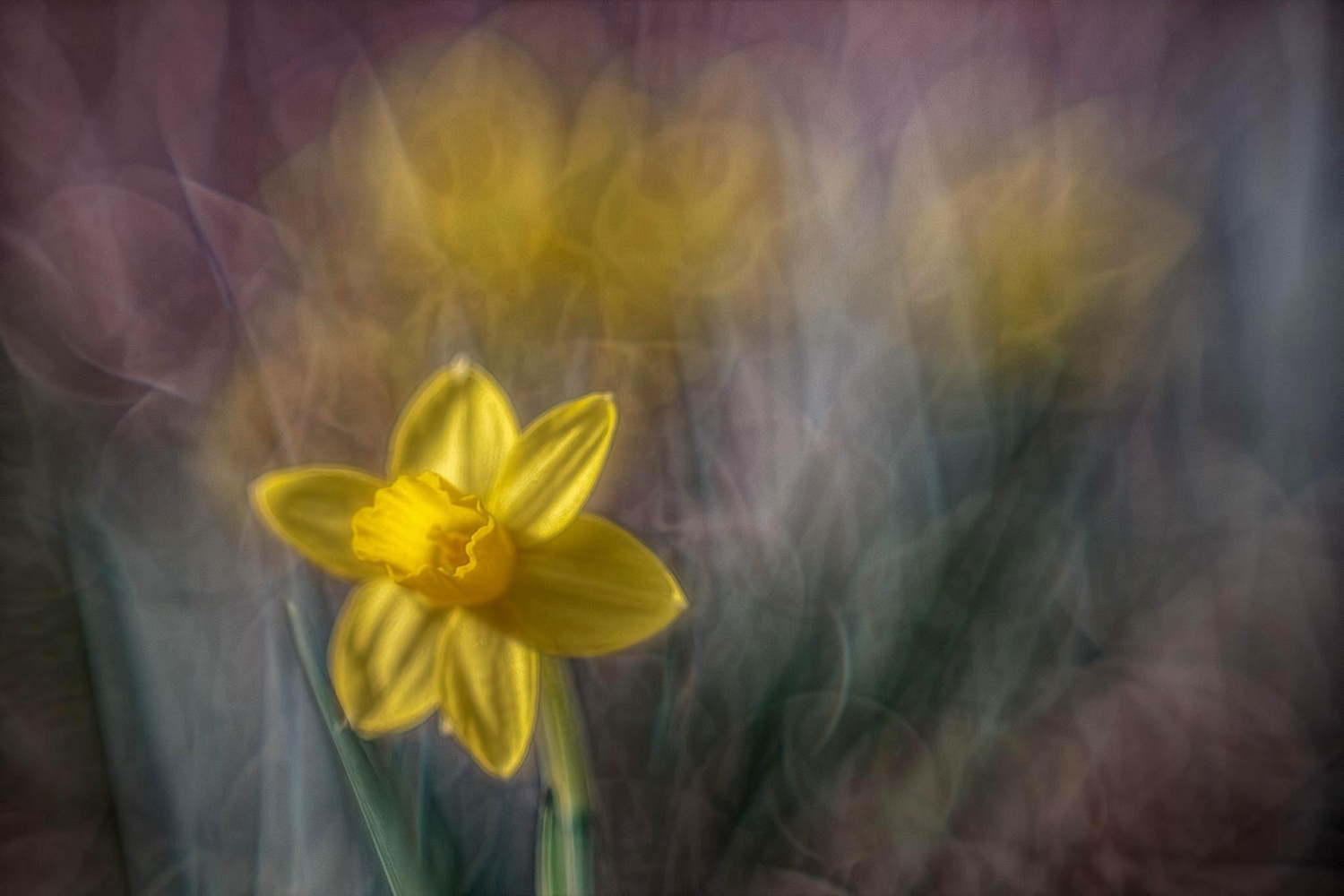
#3

#4
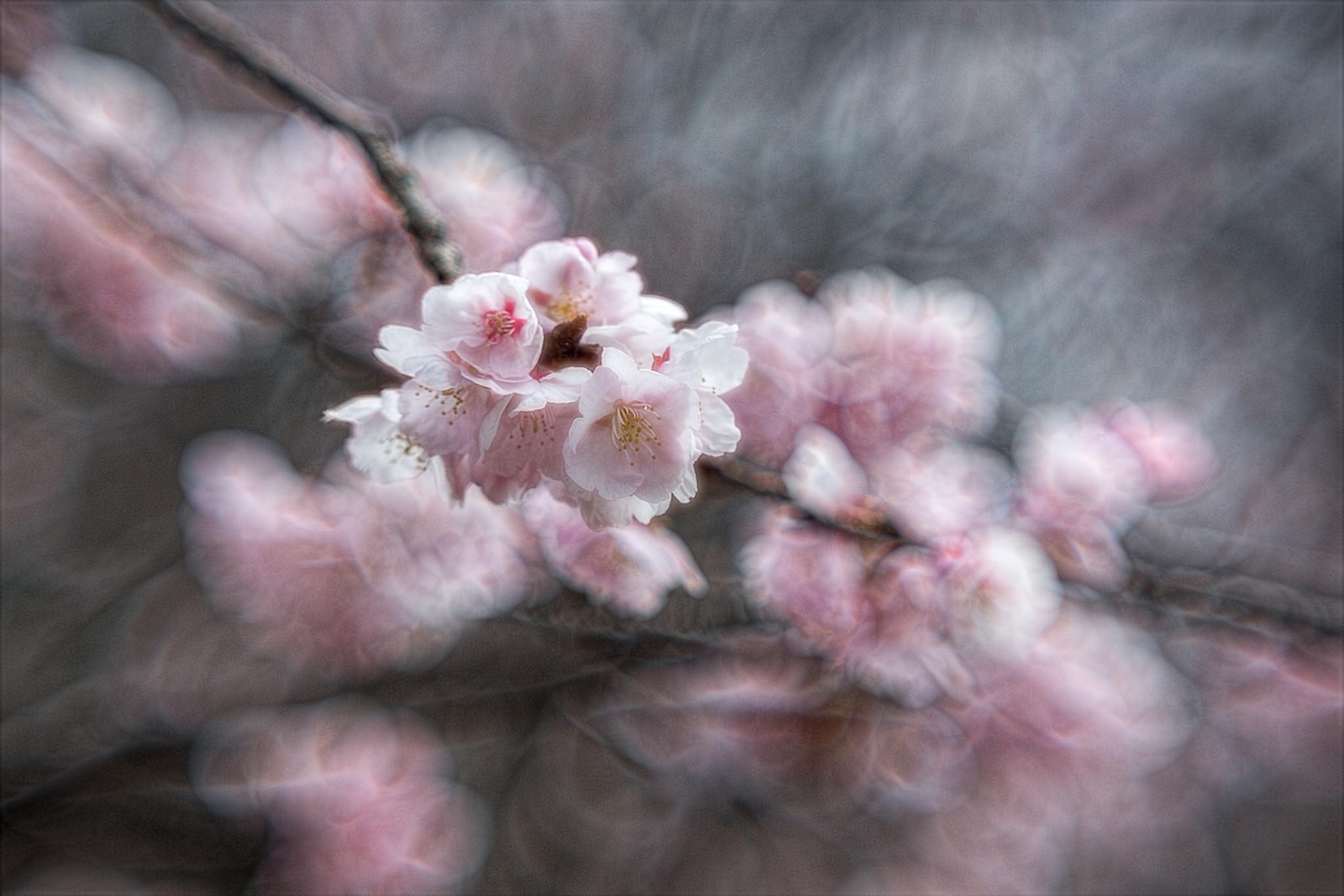
#5

#6
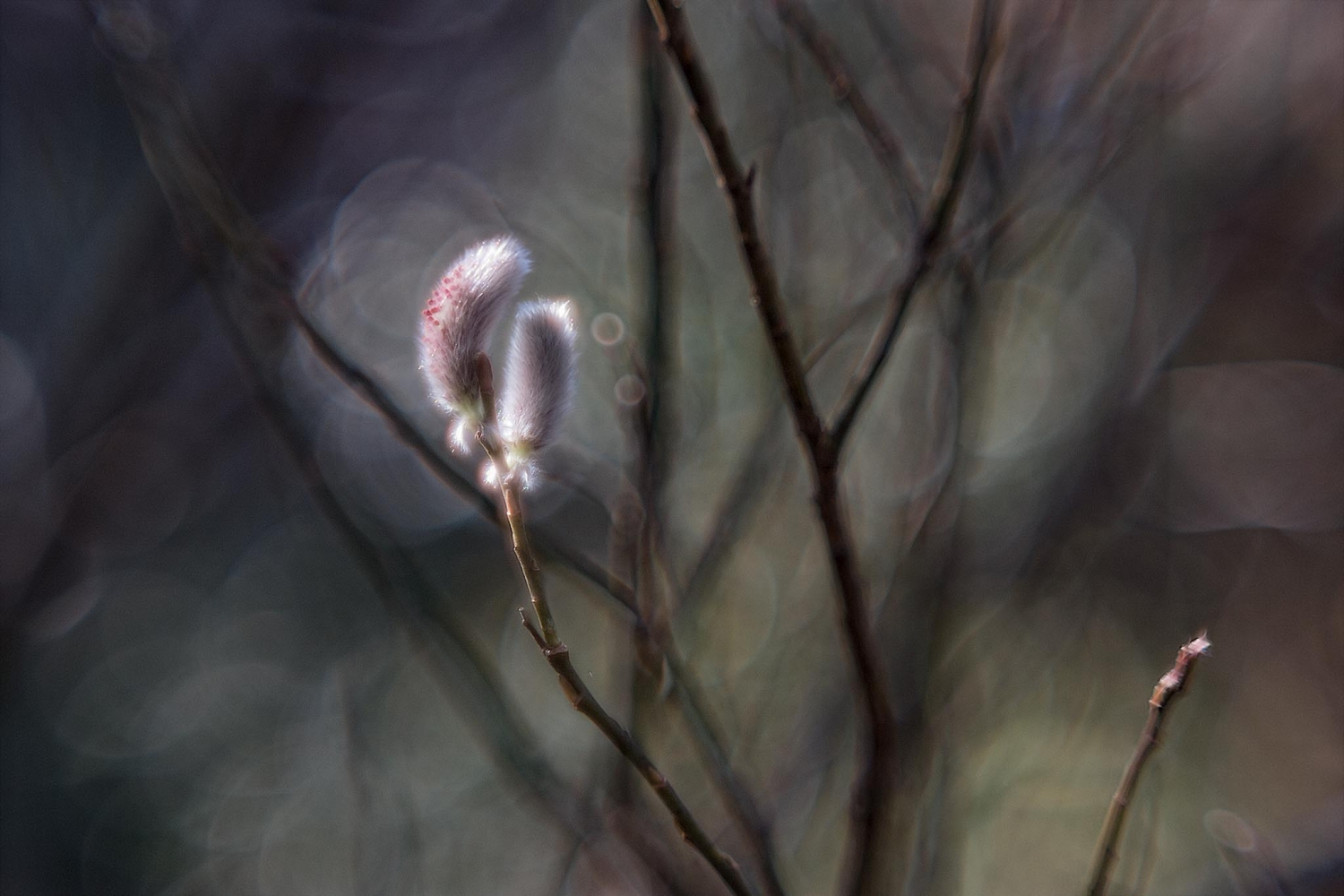
_________________
Vintage lens aficionado |
|
| Back to top |
|
 |
kymarto


Joined: 30 Nov 2016
Posts: 406
Location: Portland, OR and Milan, Italy
|
 Posted: Thu Jun 18, 2020 6:38 am Post subject: Posted: Thu Jun 18, 2020 6:38 am Post subject: |
 |
|
kymarto wrote:
Another quite rare lens I have is a Dallmeyer Super Six Anastigmat 8 inch f2.0. Super Sixes are not rare, but this, the largest, is not common at all. It has a front diameter of 120mm and weighs 3.5 kilos, a diaphragm of 24 blades. It has a coverage of 6x9 inches, so kind of a shame to use it only on a full frame camera, but that's the best I can do for now.

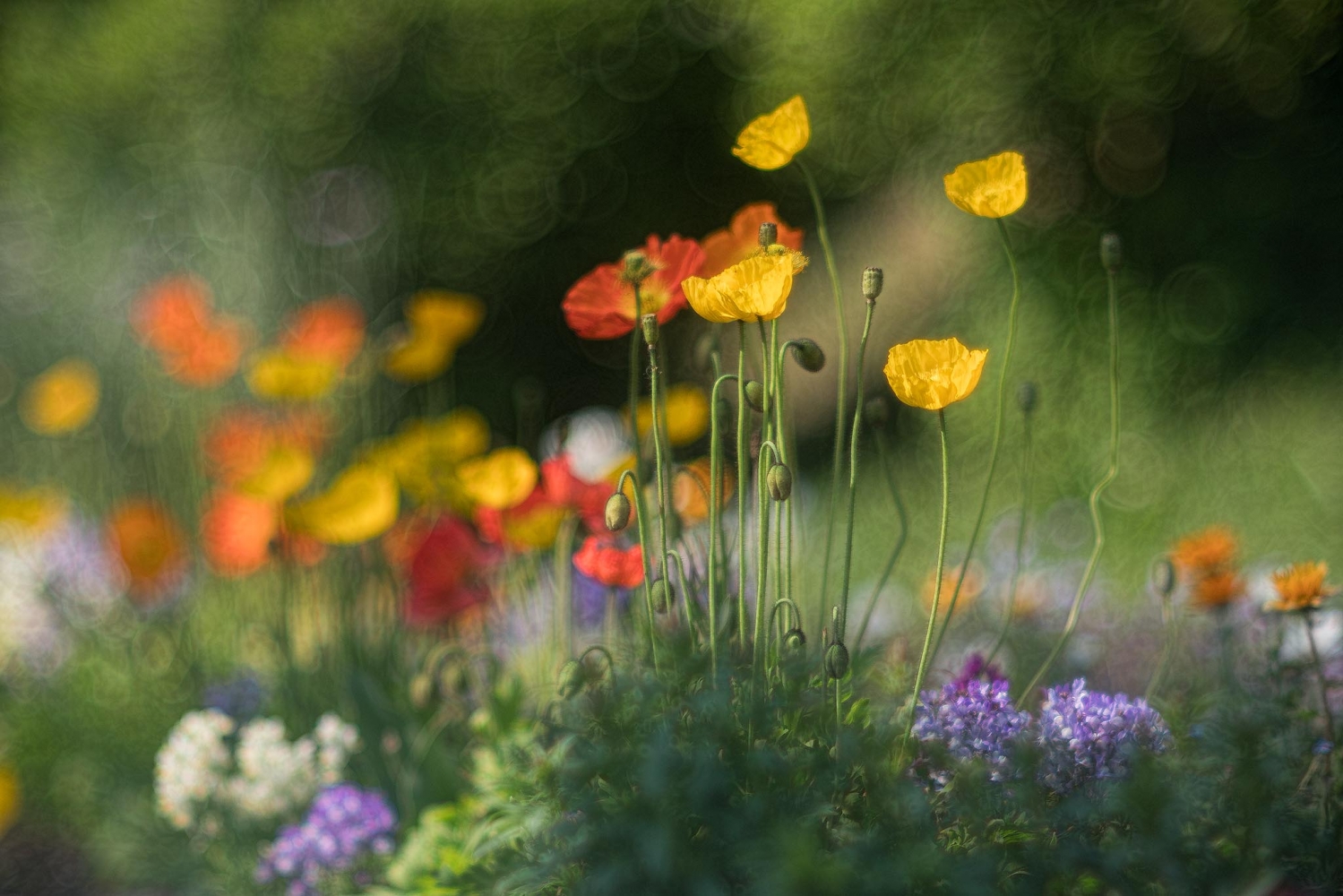
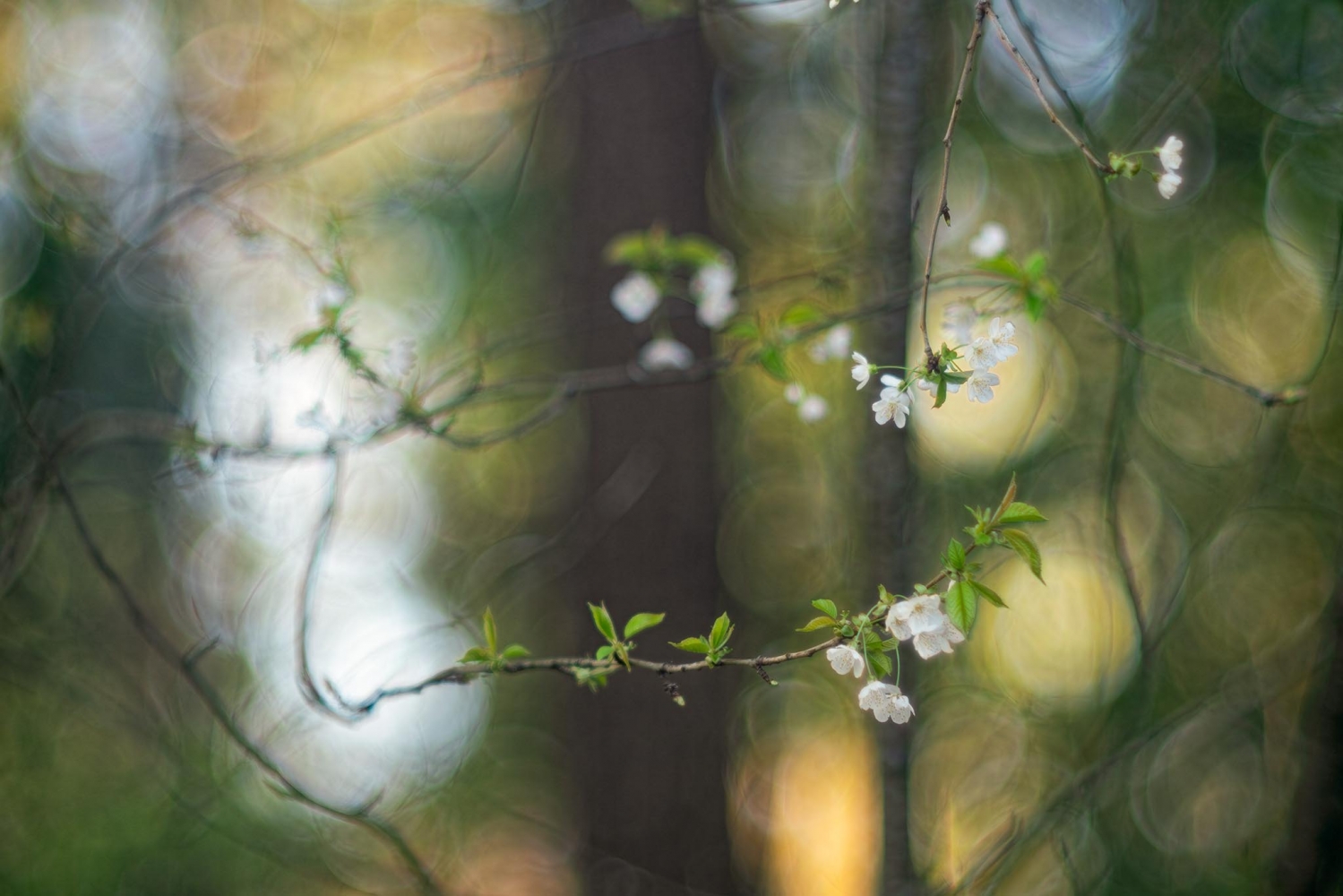

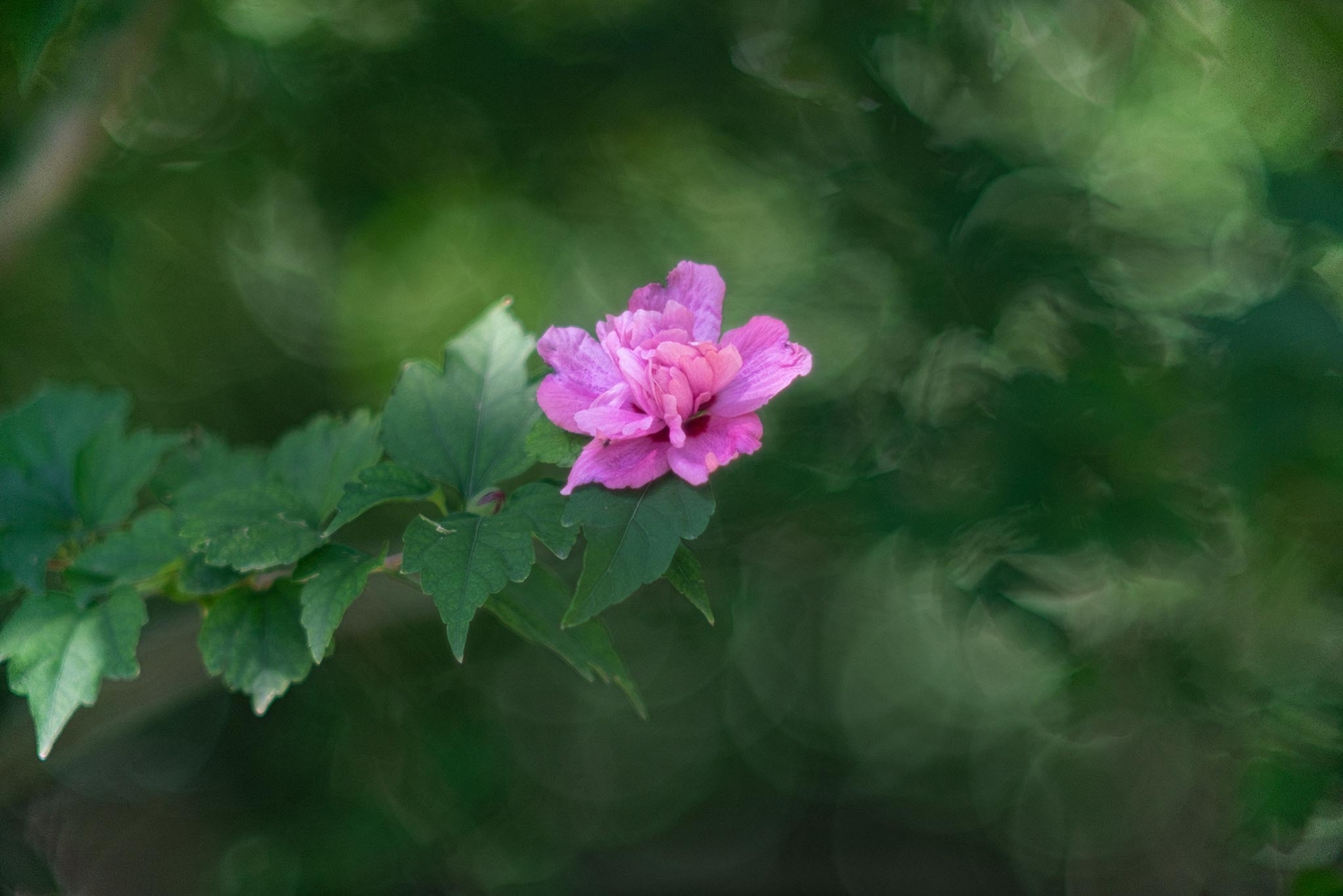









_________________
Vintage lens aficionado |
|
| Back to top |
|
 |
kds315*


Joined: 12 Mar 2008
Posts: 16544
Location: Weinheim, Germany
Expire: 2021-03-09
|
 Posted: Thu Jun 18, 2020 7:48 am Post subject: Posted: Thu Jun 18, 2020 7:48 am Post subject: |
 |
|
kds315* wrote:
Amazing lens Toby! Congrats!
_________________
Klaus - Admin
"S'il vient a point, me souviendra" [Thomas Bohier (1460-1523)]
http://www.macrolenses.de for macro and special lens info
http://www.pbase.com/kds315/uv_photos for UV Images and lens/filter info
https://www.flickr.com/photos/kds315/albums my albums using various lenses
http://photographyoftheinvisibleworld.blogspot.com/ my UV BLOG
http://www.travelmeetsfood.com/blog Food + Travel BLOG
https://galeriafotografia.com Architecture + Drone photography
Currently most FAV lens(es):
X80QF f3.2/80mm
Hypergon f11/26mm
ELCAN UV f5.6/52mm
Zeiss UV-Planar f4/60mm
Zeiss UV-Planar f2/62mm
Lomo Уфар-12 f2.5/41mm
Lomo Зуфар-2 f4.0/350mm
Lomo ZIKAR-1A f1.2/100mm
Nikon UV Nikkor f4.5/105mm
Zeiss UV-Sonnar f4.3/105mm
CERCO UV-VIS-NIR f1.8/45mm
CERCO UV-VIS-NIR f4.1/94mm
CERCO UV-VIS-NIR f2.8/100mm
Steinheil Quarzobjektiv f1.8/50mm
Pentax Quartz Takumar f3.5/85mm
Carl Zeiss Jena UV-Objektiv f4/60mm
NYE OPTICAL Lyman-Alpha II f1.1/90mm
NYE OPTICAL Lyman-Alpha I f2.8/200mm
COASTAL OPTICS f4/60mm UV-VIS-IR Apo
COASTAL OPTICS f4.5/105mm UV-Micro-Apo
Pentax Ultra-Achromatic Takumar f4.5/85mm
Pentax Ultra-Achromatic Takumar f5.6/300mm
Rodenstock UV-Rodagon f5.6/60mm + 105mm + 150mm
|
|
| Back to top |
|
 |
D1N0


Joined: 07 Aug 2012
Posts: 2495
|
 Posted: Thu Jun 18, 2020 11:37 am Post subject: Posted: Thu Jun 18, 2020 11:37 am Post subject: |
 |
|
D1N0 wrote:
Talk about busy bokeh. I wonder how it does on video :p
_________________
pentaxian |
|
| Back to top |
|
 |
jcr211
Joined: 13 Jun 2020
Posts: 2
|
 Posted: Thu Jun 18, 2020 2:02 pm Post subject: Posted: Thu Jun 18, 2020 2:02 pm Post subject: |
 |
|
jcr211 wrote:
The look those Super Sixes produce is just something incredibly special. Just BEAUTIFUL.
I dream of putting together a set for cine use, but the prices on the things are beyond outrageous. |
|
| Back to top |
|
 |
caspert79


Joined: 31 Oct 2010
Posts: 2926
Location: The Netherlands
|
 Posted: Thu Jun 18, 2020 4:13 pm Post subject: Posted: Thu Jun 18, 2020 4:13 pm Post subject: |
 |
|
caspert79 wrote:
| jcr211 wrote: |
The look those Super Sixes produce is just something incredibly special. Just BEAUTIFUL.
I dream of putting together a set for cine use, but the prices on the things are beyond outrageous. |
Yeah that last picture is art! |
|
| Back to top |
|
 |
beyondmatrix
Joined: 24 Jun 2020
Posts: 5
|
 Posted: Fri Jun 26, 2020 8:13 am Post subject: Posted: Fri Jun 26, 2020 8:13 am Post subject: |
 |
|
beyondmatrix wrote:
    |
|
| Back to top |
|
 |
kds315*


Joined: 12 Mar 2008
Posts: 16544
Location: Weinheim, Germany
Expire: 2021-03-09
|
 Posted: Fri Jun 26, 2020 8:19 am Post subject: Posted: Fri Jun 26, 2020 8:19 am Post subject: |
 |
|
kds315* wrote:
Just be aware that Toby has developed some advanced technique to process his images; these are not "out of cam"..
he shows this on his site/Blog.
Amazing images nevertheless!!   
_________________
Klaus - Admin
"S'il vient a point, me souviendra" [Thomas Bohier (1460-1523)]
http://www.macrolenses.de for macro and special lens info
http://www.pbase.com/kds315/uv_photos for UV Images and lens/filter info
https://www.flickr.com/photos/kds315/albums my albums using various lenses
http://photographyoftheinvisibleworld.blogspot.com/ my UV BLOG
http://www.travelmeetsfood.com/blog Food + Travel BLOG
https://galeriafotografia.com Architecture + Drone photography
Currently most FAV lens(es):
X80QF f3.2/80mm
Hypergon f11/26mm
ELCAN UV f5.6/52mm
Zeiss UV-Planar f4/60mm
Zeiss UV-Planar f2/62mm
Lomo Уфар-12 f2.5/41mm
Lomo Зуфар-2 f4.0/350mm
Lomo ZIKAR-1A f1.2/100mm
Nikon UV Nikkor f4.5/105mm
Zeiss UV-Sonnar f4.3/105mm
CERCO UV-VIS-NIR f1.8/45mm
CERCO UV-VIS-NIR f4.1/94mm
CERCO UV-VIS-NIR f2.8/100mm
Steinheil Quarzobjektiv f1.8/50mm
Pentax Quartz Takumar f3.5/85mm
Carl Zeiss Jena UV-Objektiv f4/60mm
NYE OPTICAL Lyman-Alpha II f1.1/90mm
NYE OPTICAL Lyman-Alpha I f2.8/200mm
COASTAL OPTICS f4/60mm UV-VIS-IR Apo
COASTAL OPTICS f4.5/105mm UV-Micro-Apo
Pentax Ultra-Achromatic Takumar f4.5/85mm
Pentax Ultra-Achromatic Takumar f5.6/300mm
Rodenstock UV-Rodagon f5.6/60mm + 105mm + 150mm
|
|
| Back to top |
|
 |
dickb

Joined: 04 Apr 2008
Posts: 821
|
 Posted: Fri Jun 26, 2020 2:53 pm Post subject: Posted: Fri Jun 26, 2020 2:53 pm Post subject: |
 |
|
dickb wrote:
| kds315* wrote: |
Just be aware that Toby has developed some advanced technique to process his images; these are not "out of cam"..
he shows this on his site/Blog.
Amazing images nevertheless!!    |
I was thinking this looks like Toby from NikonGear - because it is, makes sense...
So indeed, these photos are very nice and interesting, but not that useful as an indication of the character of the lens in question. |
|
| Back to top |
|
 |
iangreenhalgh1


Joined: 18 Mar 2011
Posts: 15685
Expire: 2014-01-07
|
 Posted: Sat Jun 27, 2020 12:07 pm Post subject: Posted: Sat Jun 27, 2020 12:07 pm Post subject: |
 |
|
iangreenhalgh1 wrote:
Is the bokeh the result of post processing? I find it to be quite horrible to my eyes, very distracting. The rest of the image looks low contrast and misty, is this also from processing?
_________________
I don't care who designed it, who made it or what country it comes from - I just enjoy using it! |
|
| Back to top |
|
 |
fiftyonepointsix

Joined: 30 Apr 2017
Posts: 292
|
 Posted: Sat Jun 27, 2020 1:03 pm Post subject: Posted: Sat Jun 27, 2020 1:03 pm Post subject: |
 |
|
fiftyonepointsix wrote:
 Eight is Enough by fiftyonepointsix, on Flickr Eight is Enough by fiftyonepointsix, on Flickr
1934 Carl Zeiss Jena 5cm F1.5 Sonnar on the M9, perhaps the first batch that can be converted to Leica mount using a J-3 focus mount.
1935 Carl Zeiss Jena 5cm F1.5 Sonnar, front element is Coated- first Sonnar that I converted to Leica Mount.
1936 Carl Zeiss Jena 5cm F1.5 Sonnar, uncoated- very sharp same batch as the one next to it.
1936 Carl Zeiss Jena 5cm F1.5 Sonnar, all surfaces are coated- a few lenses from this batch were pulled to try out the new coating equipment.
1938 Carl Zeiss Jena 5cm F1.5 Sonnar T, fully coated and marked with "T" for transparent
I converted these five lenses to Leica Mount.
These three are original Leica Thread Mount.
1943 Carl Zeiss Jena 5cm F1.5 Sonnar "T", recomputed optics, new metal alloy fixtures, original Leica Thread Mount.
1945 Carl Zeiss Jena 5cm F1.5 Sonnar "T" on the Canon 7, note "black nose" for filter ring, original Leica Thread Mount.
1946 Carl Zeiss Jena 5cm F1.5 Spnnar "T", post-war lens, "transition lens" as I call it. I needed to replace the middle triplet on this one, the original was unfinished.
All of these required a complete teardown and a lot of time spent cleaning, lubing, and adjusting. They are cherry-picked from more than 50 Sonnar 5cm F1,5s that I've gone through. |
|
| Back to top |
|
 |
iangreenhalgh1


Joined: 18 Mar 2011
Posts: 15685
Expire: 2014-01-07
|
 Posted: Sat Jun 27, 2020 2:08 pm Post subject: Posted: Sat Jun 27, 2020 2:08 pm Post subject: |
 |
|
iangreenhalgh1 wrote:
Ooh, what a Sonnar 1.5/50 collection. I only have one, an uncoated 1938 for Contax, a stunning lens. I have two Jupiter-3 postwar copies, also for Kiev/Contax love those too.
_________________
I don't care who designed it, who made it or what country it comes from - I just enjoy using it! |
|
| Back to top |
|
 |
|
|
|
You cannot post new topics in this forum
You cannot reply to topics in this forum
You cannot edit your posts in this forum
You cannot delete your posts in this forum
You cannot vote in polls in this forum
|
